There are four seasons that repeat every year in the same order. The seasons are winter, spring, summer and fall. The amount of daylight in an area during certain months is what causes seasons.
To better understand how seasons and day length work…
LET’S BREAK IT DOWN!
Summer is the warmest season.
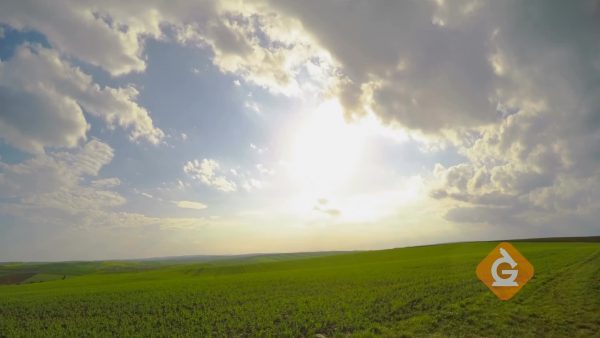
Summer has the most daylight. Sunlight warms the Earth for longer periods of time causing the area around you to heat up more in the summer. In the summer trees are green.

Fall always follows summer.
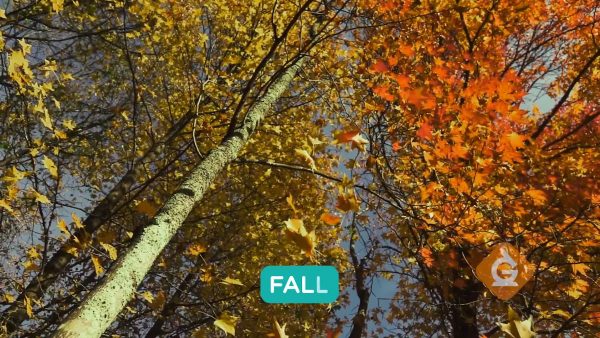
In the fall, the days begin to get shorter and the temperature begins to cool down. Leaves turn colors and begin to fall from the trees. Many animals start getting ready for winter.

Winter always follows fall.
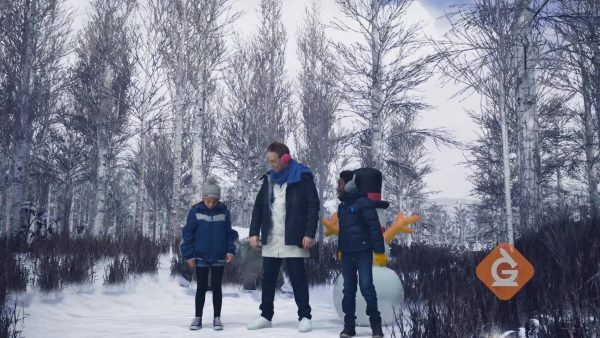
In winter there is the least amount of daylight. Less sunlight is warming the Earth in winter, so the weather is cold. Most trees have no leaves and it can snow.

Spring always follows winter.
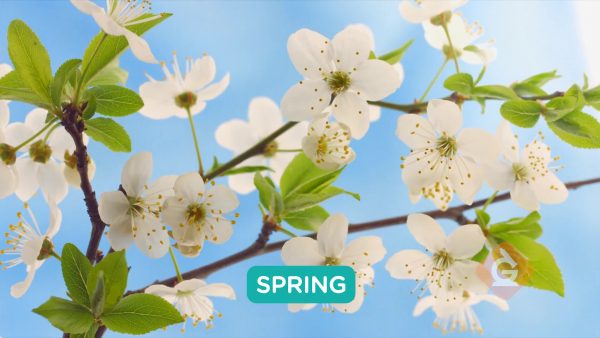
In the spring the days begin to get longer, and the temperature warms up. Trees begin to grow flowers and leaves. Animals like bears come out of hibernation in the spring.

Seasons happen in a pattern.
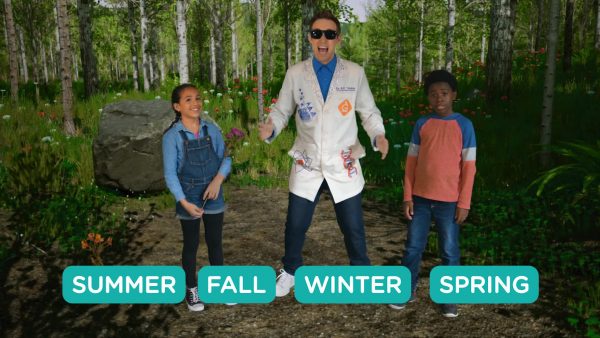
Each year seasons follow the same pattern. First there is winter, followed by spring, then summer and fall. Once those seasons are over, the pattern begins again in the same order.

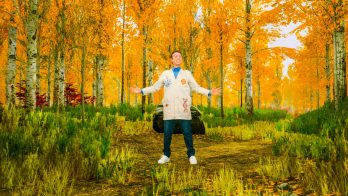
































































































































 Select a Google Form
Select a Google Form









